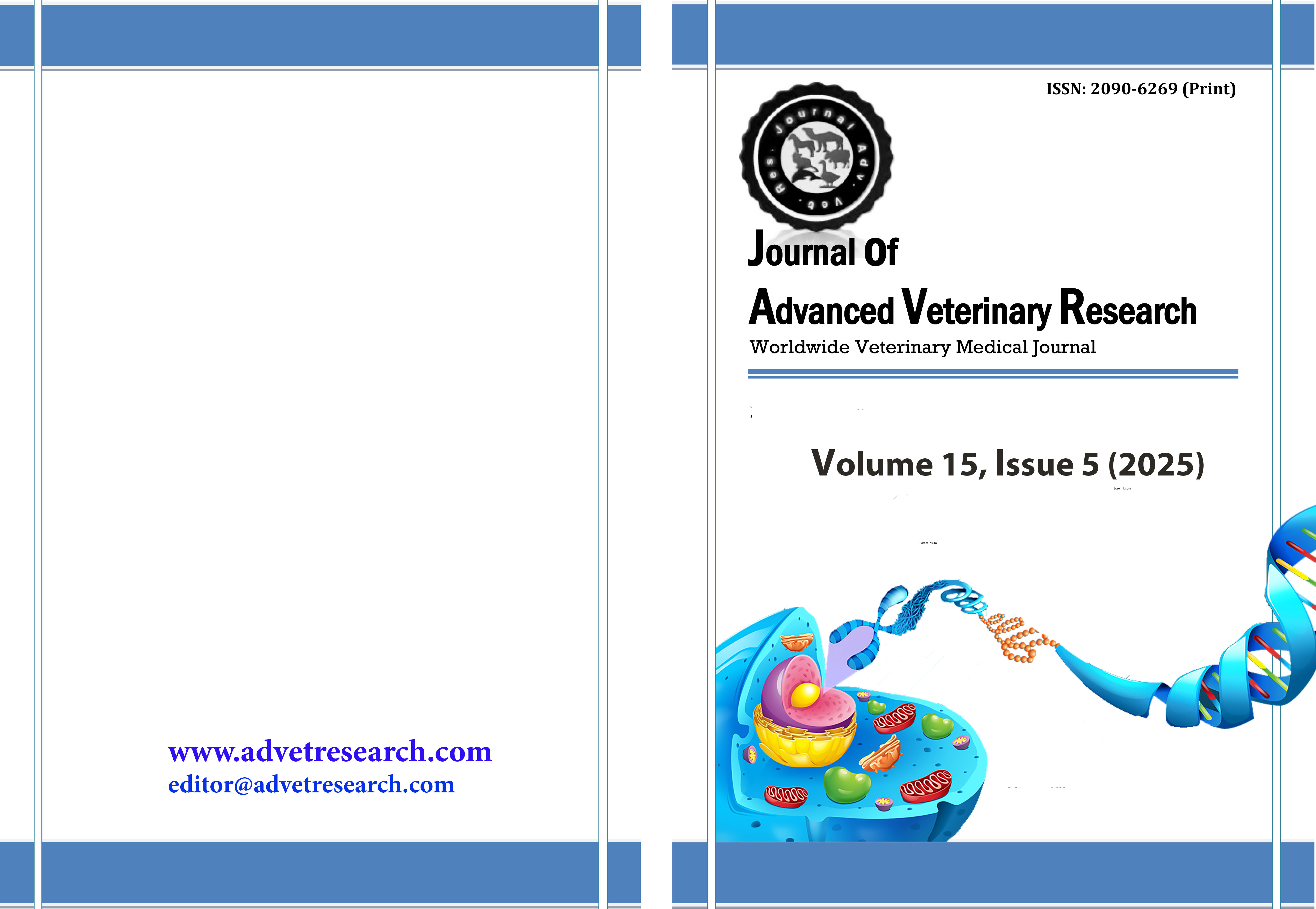Goat milk whey fermentation: A sustainable approach to producing tryptophan functional beverages by lactobacillus rhamnosus and lactobacillus casei
Keywords:
Fermented whey, Food sustainability, , Lactobacillus casei, Lactobacillusrhamnosus , TryptophanAbstract
The challenge of sustainable goat milk processing can be partially overcome by utilizing the nutrients in whey to create functional foods that can improve health. This encourages the utilization of nutrients in goat milk whey through fermentation by utilizing microbes to produce bioactive compounds, one of them is tryptophan. Protein in whey one of which is lactalbumin, rich in the essential amino acid tryptophan. This study examines the fermentation of goat milk whey using L. rhamnosus and L. casei, to assess tryptophan levels, along with chemical and microbiological properties Sweet whey was produced by using rennet, centrifugated and filtrated, then inoculated with these bacteria according to the treatment (L. rhamnosus : L. casei = 1:0; 0:1; 1:1). Incubation occurred at 37℃ for a duration of 24 hours. The results showed that starter culture affects significantly (P<0.05) to lactose, pH, crude protein and crude tryptophan; but did not affects significantly (P>0.05) to titratable acidity and lactic acid bacteria count. In conclusion, fermented whey contained nearly lactose 3.39%-4.41%; pH 3.94-4.00; acidity 0.06%-0,11%; lactic acid bacteria count 9.55-9.89 log CFU/ml; crude protein 12.24%-19.57% and crude tryptophan 89.72 - 113.98 mg/100mg.
Downloads
Published
How to Cite
Issue
Section
License
Copyright (c) 2025 Journal of Advanced Veterinary Research

This work is licensed under a Creative Commons Attribution-NonCommercial-NoDerivatives 4.0 International License.
Users have the right to read, download, copy, distribute, print, search, or link to the full texts of articles under the following conditions: Creative Commons Attribution-NonCommercial-NoDerivatives 4.0 International (CC BY-NC-ND 4.0).
Attribution-NonCommercial-NoDerivs
CC BY-NC-ND
This work is licensed under a Creative Commons Attribution-NonCommercial-NoDerivatives 4.0 International (CC BY-NC-ND 4.0) license




